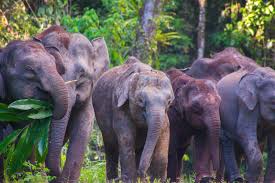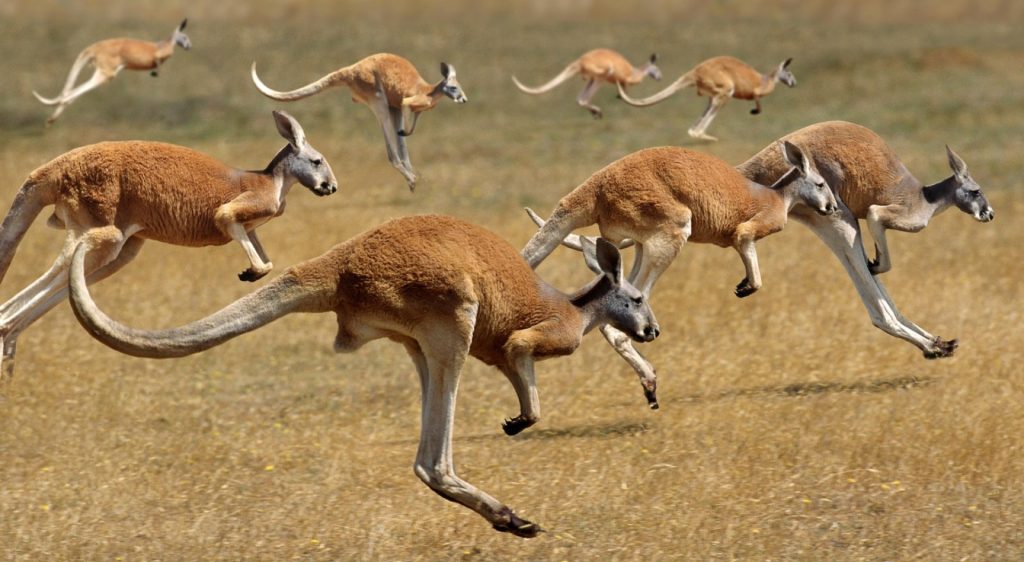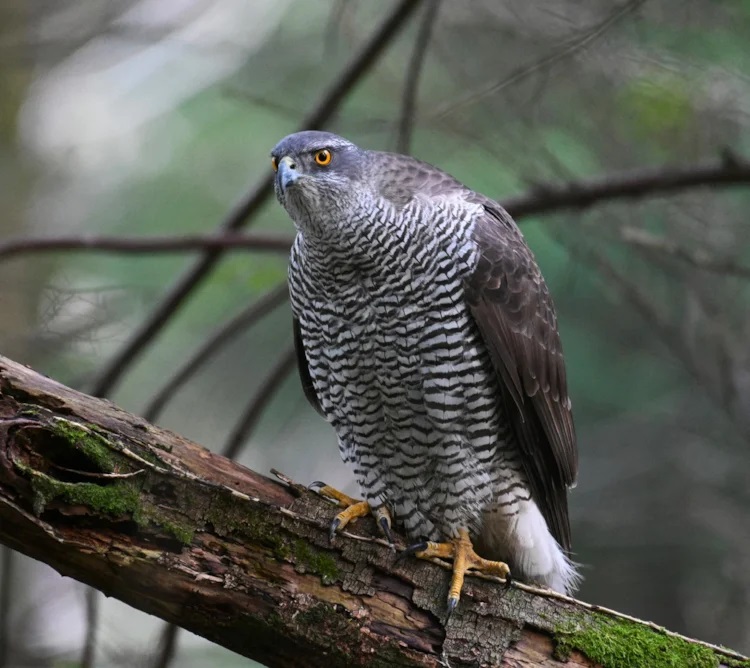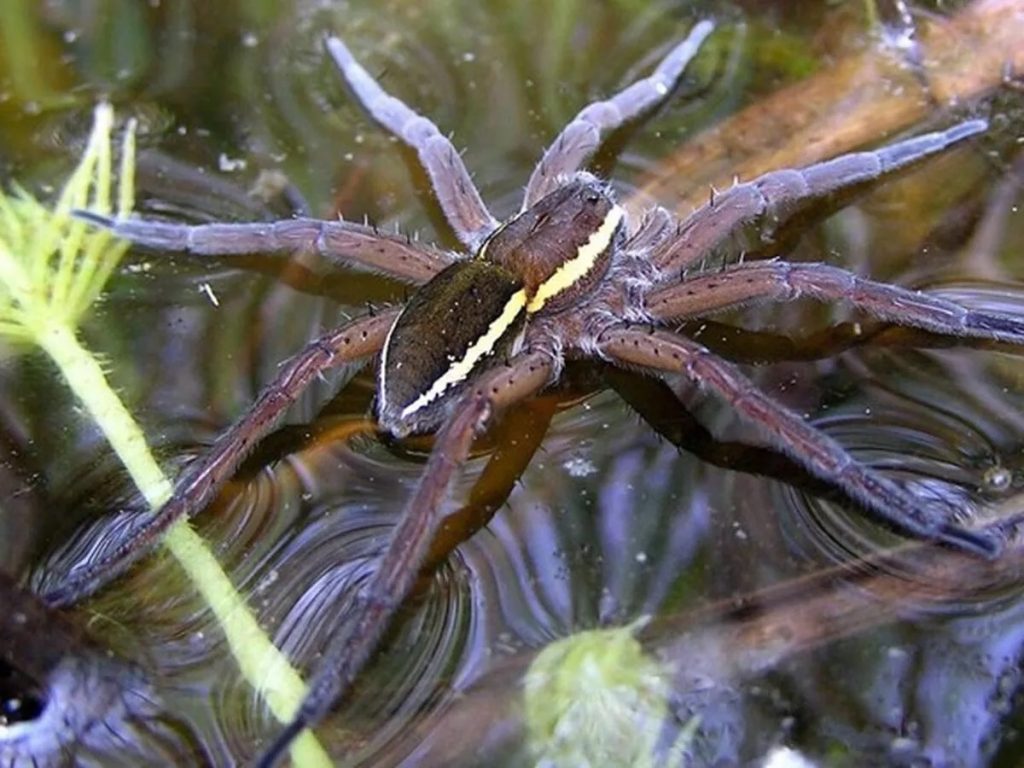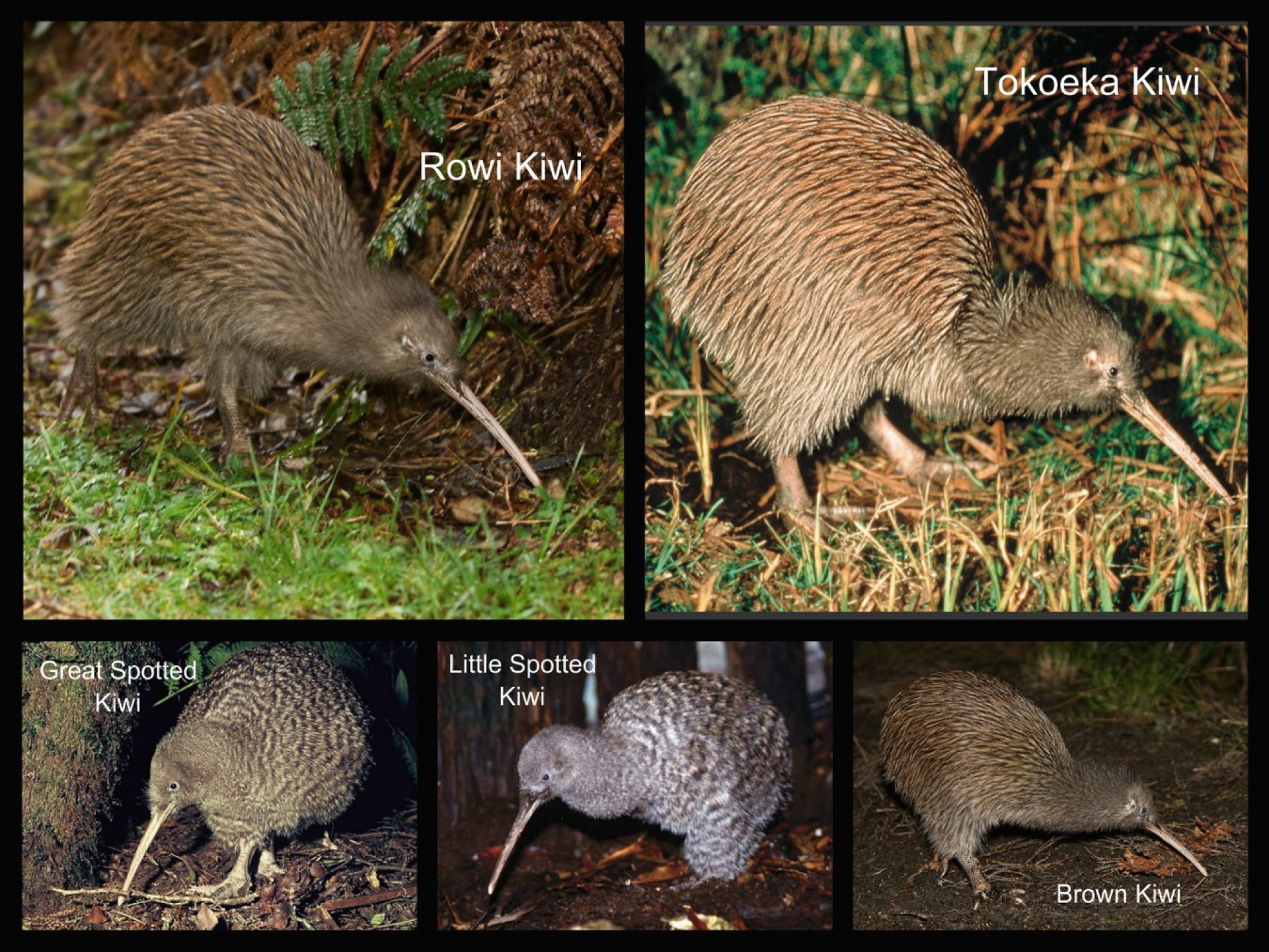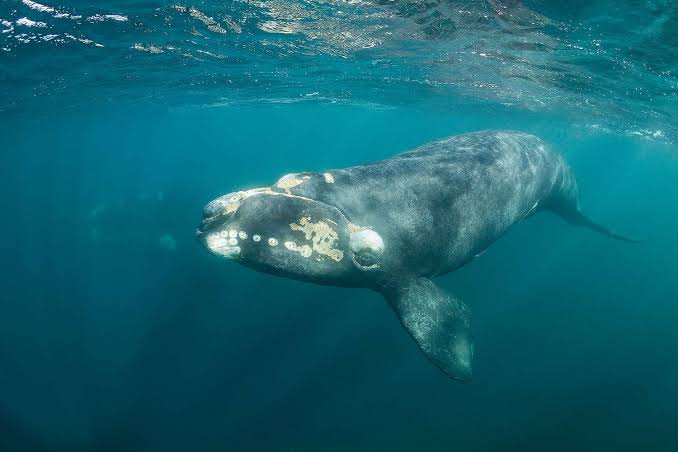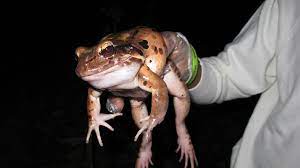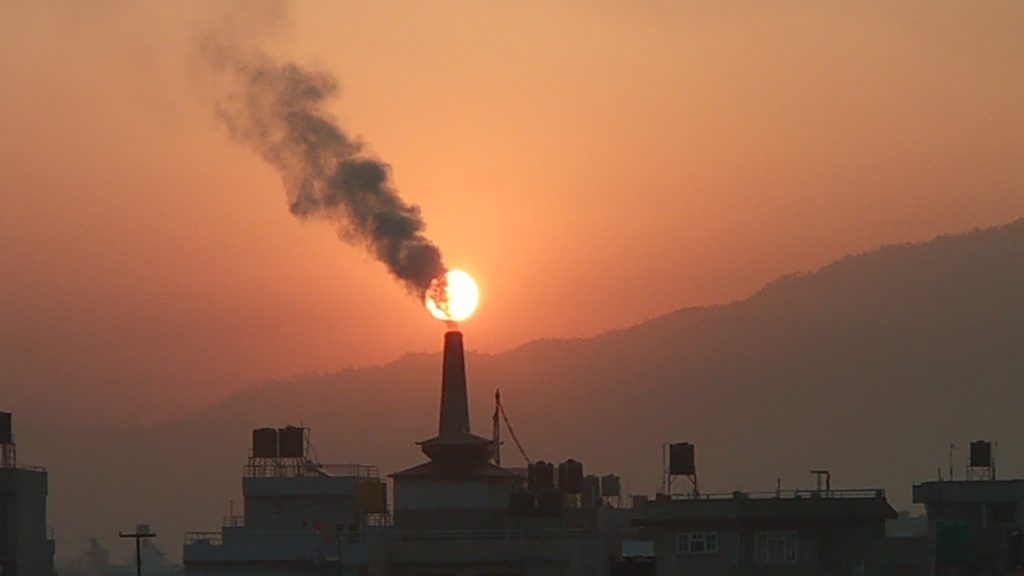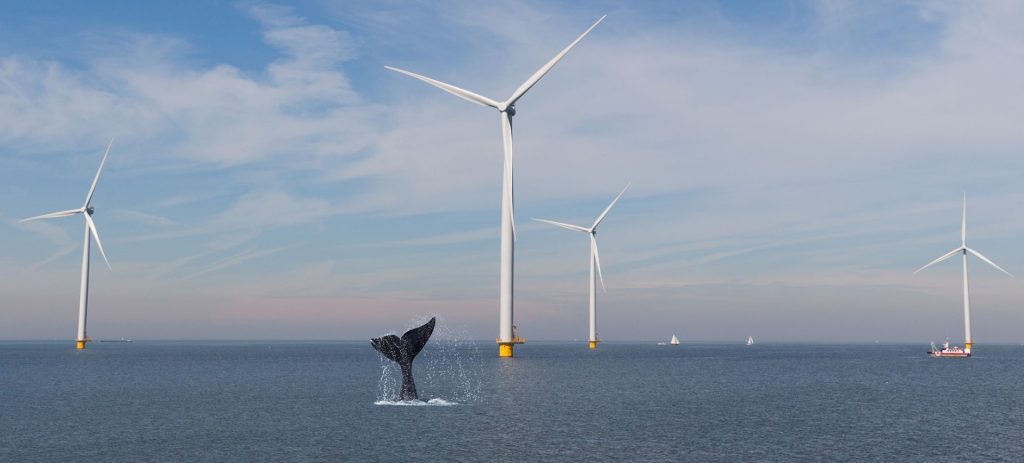
Coastal Australia is having another flare-up where locals are suggesting that wind turbines are killing whales. If this were the case, it would mean that those who want to save the planet would need to choose between climate change and conservation of whales.
Read more: Why are people determined to believe that wind turbines kill whalesPictures put up, include images of whales on fire, among others – paid for Newcastle adn Port Stephens Game Fish Club. They suggested that the posters highlighted risks that were known for the whales, but there is no credible evidence that wind turbines have any impact on whales (except during building, but as the picture shows this is short-lived). Indeed Quentin Hanich who is the editor of the academic journal Marine Policy recently had to spend a week debunking a fake article that purported to come from his publication, which claimed that 400 whales would die a year, if a proposed wind farm went ahead. While the facebook post where it originated was taken down, the fake articles can be written far faster than they can be taken down. This offshore wind farm in New south Wales, is opposed by everyone from locals to MPs from outside the region – usually because the are opposed to renewable energy development.
This seems short-sighted- while Australia does have a large coal industry, most is exported (only around 30% is used in the country, and coal in electricity generation is now so much more expensive than almost any renewable generation, that its days are numbered) and of Japan,South Korea, Taiwan,and India which takes the majority, only India does not have a 2050 pledge of zero carbon – so if those promises are to be kept, the market for most of the coal will disappear within the next 25 years.
Opposition has been fanned by the coalition, and people like Baraby Joyce (a renewable energy opponent and climate change denier) have been loudly stating that support for renewables was a cult and the people should fight back.
Amanda De Lore is also fighting against it, and suggest that the 3 month consultation period was rushed and hidden (it was not) and that offshore wind is “not clean, green energy”. She stated that the project was not taking her groups concerns into consideration. However, when concerns are raised which do not conform with reality (like suggesting that offshore wind turbines are not green) they should be ignored. Importantly, when you compare the death toll of offshore wind turbines to a coal power plant, the numbers are stark with thousands more species killed by coal power.
This is part of the issue with public consultation. When opponents lace the population with falsehoods, you find yourself having to engage in a years-long effort to correct, before you can even have an intelligent conversation.

